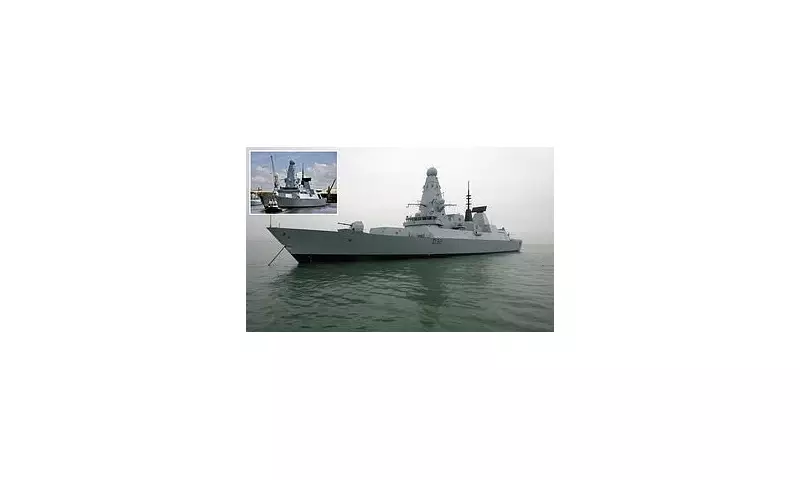
The Royal Navy's flagship £1 billion destroyer, HMS Diamond, has been rendered effectively useless and unable to join crucial defence operations in support of Ukraine due to crippling mechanical failures, The Daily Mail can reveal.
Defence sources have branded the state-of-the-art Type 45 destroyer a "lame duck" after persistent and catastrophic power system failures left it stranded in its home port of Portsmouth. The vessel, one of the most advanced and expensive in the fleet, is now officially listed as non-operational (NOTOP).
Chronic Power Failures Plague £1bn Warship
At the heart of the destroyer's woes are its notoriously unreliable WR-21 gas turbine engines. The complex intercooler and recuperator system, designed for efficiency, has proven fatally flawed in warm climates, causing the entire propulsion system to shut down without warning.
This is not an isolated incident but part of a chronic and embarrassing saga for the Royal Navy's six-strong fleet of Type 45 destroyers. A multi-million-pound Power Improvement Project (PIP) was initiated to fix the issue, yet HMS Diamond has been plagued by further breakdowns even after returning from its refit.
A Strategic Blow for UK and NATO Allies
The timing of this failure could not be more damaging. With Western navies actively engaged in countering Russian aggression in the Black Sea and protecting vital grain shipments, the absence of a key warship is a significant strategic setback.
HMS Diamond had been a pivotal asset in previous missions, famously shooting down multiple drones launched by Houthi rebels in the Red Sea. Its inability to now deploy undermines not only UK defence capabilities but also its commitments to NATO allies and global security operations.
Taxpayer Cost and a Legacy of Problems
Taxpayers are left footing the bill for a vessel that has consumed vast sums of money yet repeatedly fails to perform. The initial PIP refit for the entire class was estimated at over £500 million, a cost that has likely ballooned due to ongoing technical complications.
This incident raises profound and urgent questions about procurement, maintenance, and the operational readiness of the UK's surface fleet. The Ministry of Defence faces intense scrutiny over why these critical defects remain unresolved after years of acknowledged problems and substantial investment.
The sight of a billion-pound warship sitting idle in port, unable to sail to the aid of an ally, serves as a stark symbol of the challenges facing British military power in an increasingly volatile world.





